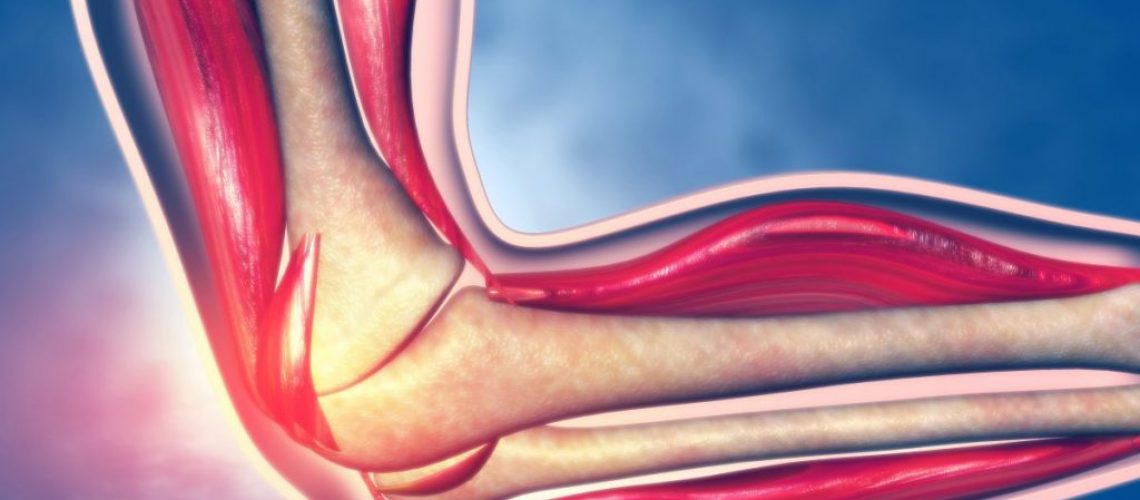Stress, strain and repetitive use injuries occur in many Wisconsin workplaces, from offices to construction sites and everywhere in between. Though they can affect just about any area of the body, many specifically affect the shoulder, wrist, hand and other parts of each upper extremity.
According to the Mayo Clinic, medial epicondylitis is a condition that affects the elbow. It is similar to lateral epicondylitis. The main difference between the two is that they occur on different sides of the elbow. There are two bony prominences on either side of your elbow to which tendons from your forearm attach. When your arm hangs by your side with the palm turned out toward the front, one of these bony prominences is on the inside of your elbow, next to the rest of your body, and the other is on the outside of the elbow. Medial epicondylitis affects the inside of your elbow, while lateral epicondylitis affects the outside.
Both conditions produce similar symptoms of pain and tenderness on the respective side of the elbow. Other symptoms include numbness and tingling into the hand, muscle weakness and stiffness. Medial and lateral epicondylitis each commonly go by names of certain activities that can cause them; medial epicondylitis is “golfer’s elbow,” while lateral epicondylitis is “tennis elbow.”
Despite these names, however, epicondylitis can be a work-related injury. The cause can be any repetitive motion that causes damage to the tendons that run up the forearm and attach to the bony prominences of the elbow. Professionals at risk of developing medial epicondylitis include carpenters, construction workers, and plumbers.
The information in this article is not intended as legal advice but provided for educational purposes only.


